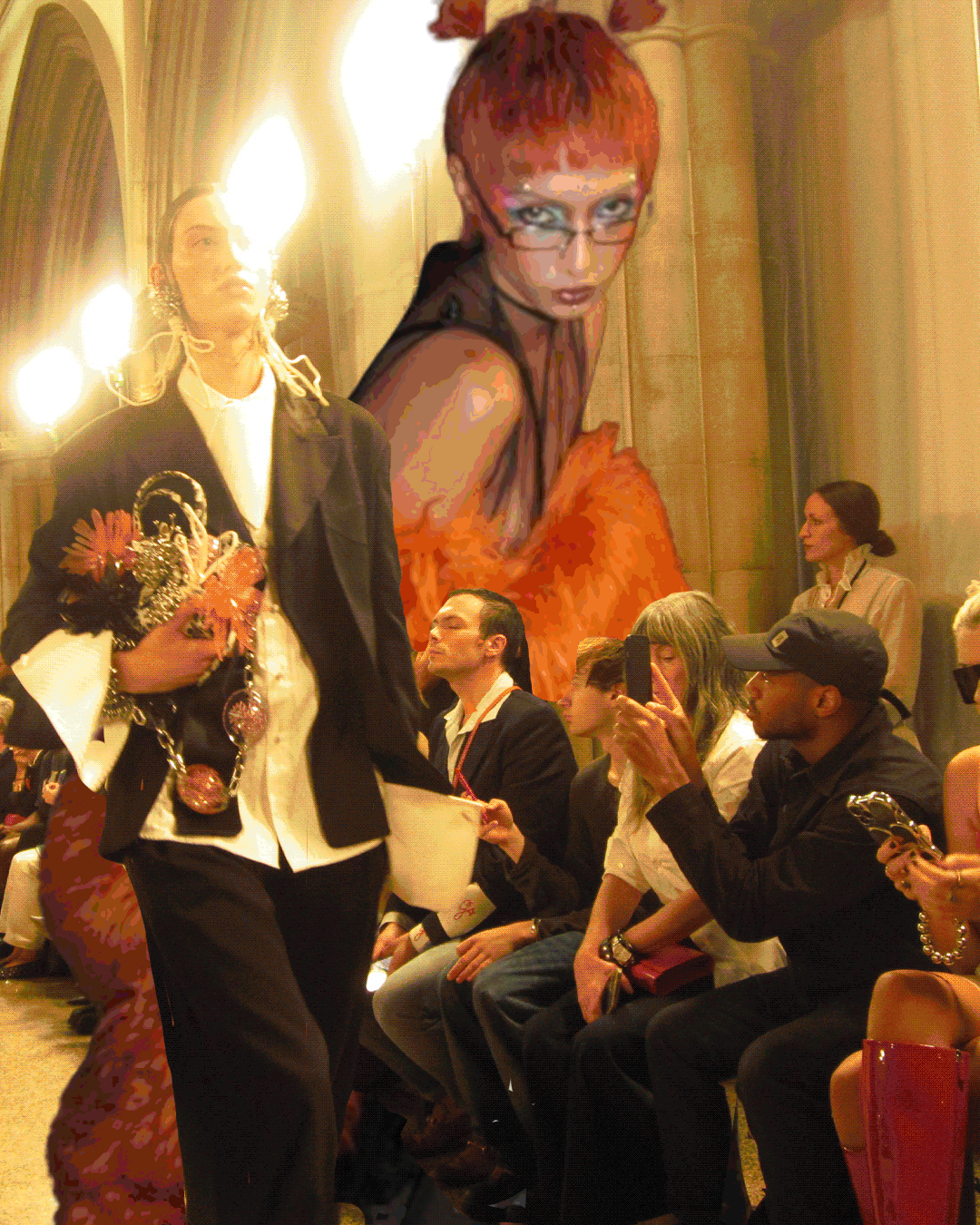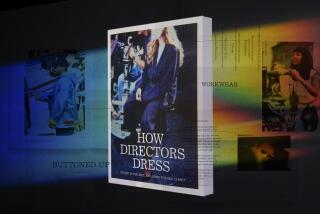A New mode of Women’s Magazine
- Share via
Imagine a slick fashion magazine featuring classic, stylish, sexy designer clothes on gorgeous women; wardrobe and makeup hints; celebrity profiles, and shopping info. Now imagine that none of the models looks like a strung-out heroin addict.
This is Mode, a new glossy for women size 12 and up that offers, in this month’s premiere issue, the results of a “Sex and Size” survey (men do appreciate curves); mini-profiles of zaftig celebs Kathy Bates, Whoopi Goldberg and Rosie O’Donnell, and a first-person story that answers the question: “Can you eat Italian and wear Italian?” (Yes--just go to Italy, where they understand pasta and curves).
Its publishers are after a long-overlooked and underappreciated demographic that’s finally getting some recognition. Started by industry veterans Nancy Nadler LeWinter (a size 10 or 12, “but I’ve been just about every size”) and Julie Lewit-Nirenberg (an 8 with “no waistline”), Mode reflects the growing supply of large-size designer apparel. Emanuel Ungaro, Ellen Tracy, David Dart and many others ship to stores such as Saks Fifth Avenue, Macy’s and Nordstrom, which prominently showcase the clothing.
Slowly, manufacturers and retailers are realizing that Ms. Average American is 5 foot 4 and wears a size 12 or 14. More than one-third of American women are overweight, reports the National Center for Health Statistics.
Mode, a quarterly that will expand to 10 issues next year, isn’t the first magazine to break the size barrier. BBW, Big Beautiful Woman, has been on newsstands since 1979. But it is the first to launch with polished art direction, major national advertisers like Revlon, Playtex and Lane Bryant and an impressive first printing of 550,000 copies.
Are women ready for a magazine that features truly large models--not just size 10s trying to pass?
“The response we’ve been getting has been just totally great and we’ve been hearing that from women who are size 6 and 8, too,” says Lewit-Nirenberg.
Adds LeWinter: “We wanted to give it a between-us-girls attitude, and be much more of an ally than judgmental.”
Both women have stellar magazine pedigrees. LeWinter has been director of Glamour and Vogue, the first woman publisher of Esquire. Lewit-Nirenberg was founding publisher of New York Woman and Mirabella and publisher of Mademoiselle.
Over breakfast about a year ago, LeWinter and Lewit-Nirenberg’s talk turned to those size statistics and, says LeWinter, “We thought it was about time a magazine reflected this reality.”
The party line has long been that women want to see only beautiful, idealized versions of themselves in magazines.
But in focus groups, LeWinter says, women voiced frustration and anger over pictures of underfed, very young models.
“They told us, ‘Do a mainstream magazine that will finally have fashion that will be in my size. Put it on gorgeous models in realistic sizes.’ We wanted to make the magazine first about fashion and beauty and second about size.”
Even the publishing world welcomes the newcomer to the newsstand.
“I think it’s much needed, and very well done,” says Cindy Weber Cleary, fashion director for Glamour, which has a monthly “Fashion That Fits” feature delving into large sizes. “I think that the clothes could be more interesting, but given how little is really out there, I think they’ve done a good job. . . . “My feeling is,” she says, “is that the market is changing and women are more comfortable with themselves and dressing themselves in a more stylish way.”
“I think it’s important for all women to look at Mode,” says Patty Sicular of Ford Models in New York, which has a plus-size division. “Models are almost like movie stars. They give hope to women, a role model to emulate. I think people have been waking up in the past couple of years.”
“It’s about time,” says Karen Harman, vice president of design for Dana Buchman. “I know that there are so many beautiful women who are not size 6 and never will be, and sometimes I think they get the message that the fashion industry is telling them to shoot themselves. . . . There is no reason why a woman who is a size 16 should be tortured for her body. . . . [Fashion magazines] are very exclusionary. But these are powerful, secure women on these pages. And I think that’s something we all want.”
But at least one observer does take issue with Mode’s raison d’etre.
“It’s as distorted as Vogue, only less painful,” says Jon Katz, a media critic and contributing editor at Wired magazine. “If I were a woman, I would not want to be targeted either way. They’re defining you by how you look in a different way. Being a woman now means being a full participant in life, so if they’re seeking TO not be identified by how they look, then why would they want a magazine that identifies them in terms of how they look?”
But, says Lewit-Nirenberg, the magazine simply reflects the fact that one size does not fit all. “You can’t have a magazine that fits all. It wouldn’t be a magazine, it would be a nothing.”
“It’s reality,” adds LeWinter, “The reality is that sizes 12 to 24 are sold in different departments more often than not, and we are reflecting that.”
Does she think she’ll ever see department stores and magazines addressing women of all sizes, unsegregated?
“If not,” she says, “it’ll be the last thing I’m going to complain about before I die.”
* For subscription information, call toll-free (888) 610 MODE.






